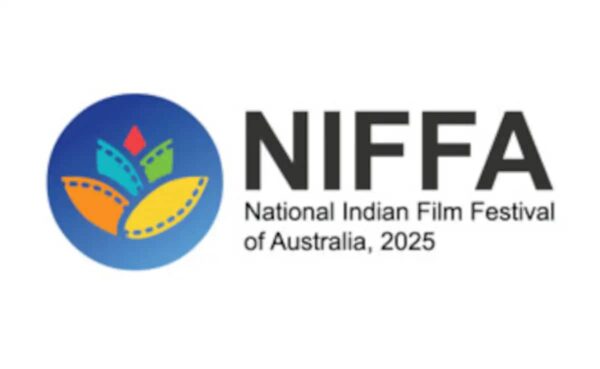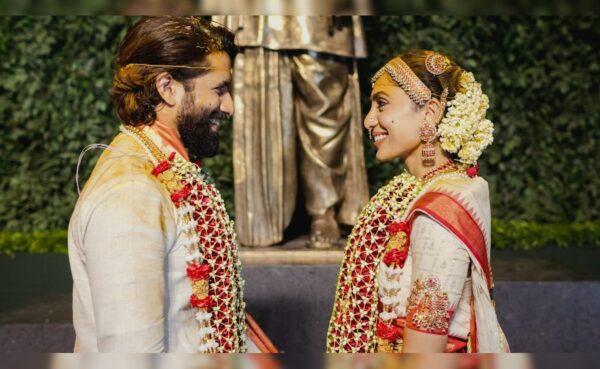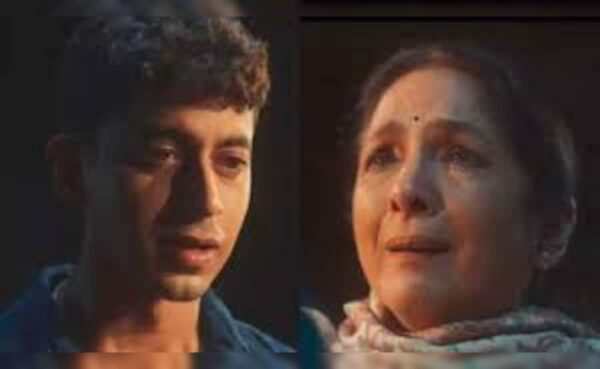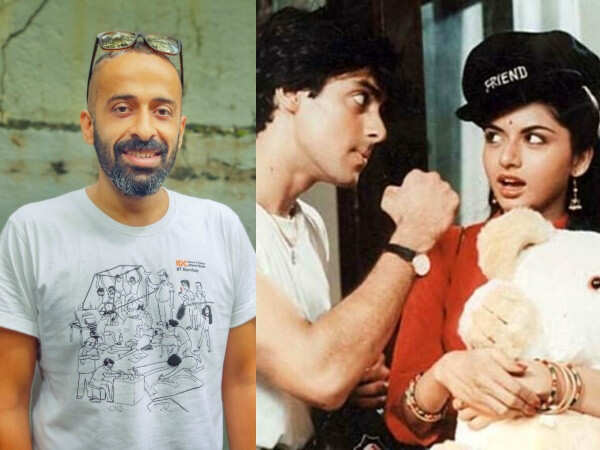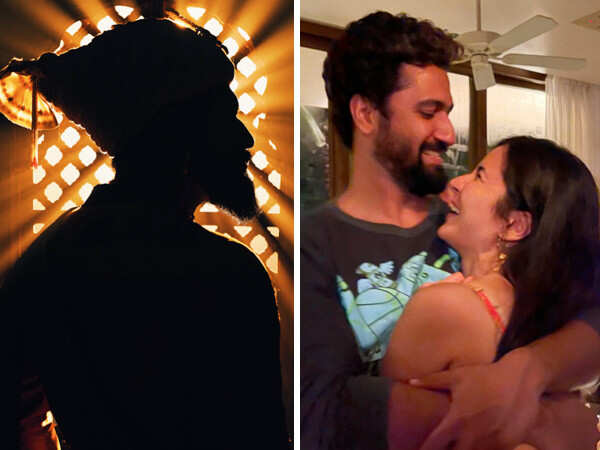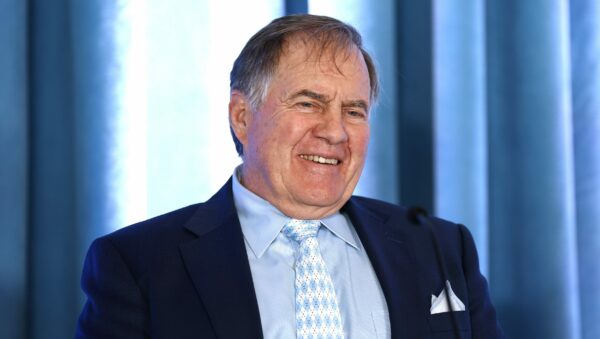The Greatest Rivalry – India vs Pakistan Review: Just Doesn’t Bowl You Over
4 min read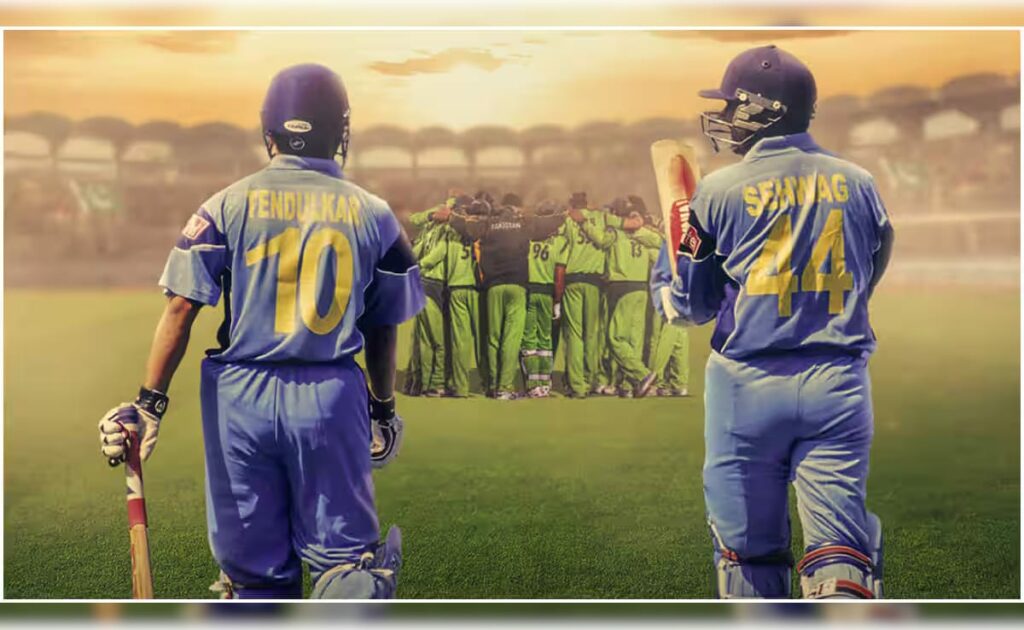
The Greatest Rivalry – India vs Pakistan: It’s a fascinating look at India-Pakistan cricket but one that could have benefited from a more expansive vision and a less hurried pace.
The Greatest Rivalry: India vs Pakistan, a three-episode documentary series on Netflix, examines one of the most intense and storied rivalries in modern sport but it doesn’t just bowl you over.
It doesn’t merely focus on the spectacle of cricket matches but situates the sport within the larger socio-political context of India and Pakistan, where each match between the two is freighted with the weight of history, national pride and decades of political tension.
The series is anchored in two key tours – Pakistan’s tour of India in 1999 and India’s tour of Pakistan in 2004 – but its scope stretches beyond these two events, which offers a rich yet sometimes uneven portrayal of the cricketing contest that has come to symbolise the complex relationship between the two nations.
The series is propelled by insights from the cricketing greats who defined this rivalry: Virender Sehwag, Sourav Ganguly, Shoaib Akhtar, Inzamam-ul-Haq, Wasim Akram, R. Ashwin, Shikhar Dhawan and others. Their reflections on these iconic matches are central to the narrative.
These interviews offer an unvarnished view of what it meant to be part of such a high-stakes game, where the intensity of the sport often blurred with the nationalistic fervour surrounding it.
Sehwag, for instance, recalls the mental strain of facing Shoaib Akhtar in 2004, stating that playing against Akhtar was like “facing a monster,” and that the psychological toll was immense. He also mentioned that he consulted psychologists to deal with the pressure and illustrated the mental challenges faced by players at the top level.
He also remembers his time in Pakistan with warmth, sharing amusing anecdotes about buying numerous suits for his family, a gesture of hospitality that Pakistan extended to their Indian counterparts despite the tension in the air.
Sourav Ganguly, with his characteristic flair, encapsulates the spirit of these encounters, recalling the 2004 Pakistan tour with fondness and humour. He quips, “Voh dedh mahina Diwali tha” (Those 1.5 months felt like a festival), giving viewers a glimpse into the camaraderie that developed amidst the fierce competition.
However, while the documentary succeeds in humanising the players and capturing the emotional intensity of the matches, it often falls short of exploring the full breadth of the India-Pakistan rivalry.
The focus is disproportionately placed on the 2004 tour, with little attention given to other important encounters, especially the World Cup matches, which have been pivotal moments in the history of this rivalry.
In particular, the omission of Sachin Tendulkar from the documentary feels like a missed opportunity. Tendulkar’s role in the 2004 Multan Test, where he scored 194*, is not even mentioned. While Sehwag’s triple century is rightly celebrated, the exclusion of Tendulkar’s innings, which was just six runs shy of a double hundred when the Indian team declared, is a glaring oversight.
Another notable absence is Rahul Dravid, the captain during that 2004 tour. While many other voices from the cricketing world – such as Sunil Gavaskar, Waqar Younis and Javed Miandad – are heard throughout the series, Rahul Dravid’s perspective is conspicuously missing. This limited scope leaves the documentary feeling somewhat one-dimensional, as it excludes voices that would have enriched the narrative.
The documentary’s strength lies in its ability to convey the larger-than-life nature of India-Pakistan matches. As Shikhar Dhawan aptly sums up, these matches are “nothing less than a war,” and the stakes could not be higher.
The political backdrop of these games – set against the history of Partition, Kargil and ongoing diplomatic tensions – imbues every ball bowled and every run scored with a significance that goes far beyond sport.
The documentary touches on the potential for cricket to act as a diplomatic tool and offers a brief but important glimpse into how the sport has served as a bridge between these two nations in times of crisis. The goodwill fostered during the 2004 series, especially after years of halted tours, shows the power of sport to transcend animosity, even if only temporarily.
However, while the documentary presents compelling moments, it occasionally veers into sensationalism. Some of the re-enactments and the overuse of photoshopped newspaper clippings detract from the otherwise solid storytelling. The inclusion of these elements feels like an attempt to pad the narrative rather than to offer substantive insight.
Furthermore, the series often rushes through important moments, particularly the broader historical and political context. It could have benefited from more time spent exploring the evolution of the rivalry, including the pivotal 1996 World Cup quarterfinal and the tense encounters in later years.
The pacing of the series is another area where it falls short. At only three episodes, each lasting about 30 minutes, the series compresses a vast and rich history into a relatively small timeframe. As a result, key events are glossed over, and the documentary lacks the depth required to fully appreciate the magnitude of the rivalry.
The decision to focus primarily on the 2004 series, though significant, means that the documentary misses out on covering a wider array of crucial matches and moments that have defined this enduring rivalry.
That being said, The Greatest Rivalry: India vs Pakistan is a worthwhile watch for cricket fans and those interested in understanding the socio-political impact of sport.
Ultimately, the documentary shines in moments of personal reflection and when it delves into the lives of the cricketers. It’s a fascinating look at India-Pakistan cricket, but one that could have benefited from a more expansive vision and a less hurried pace.

